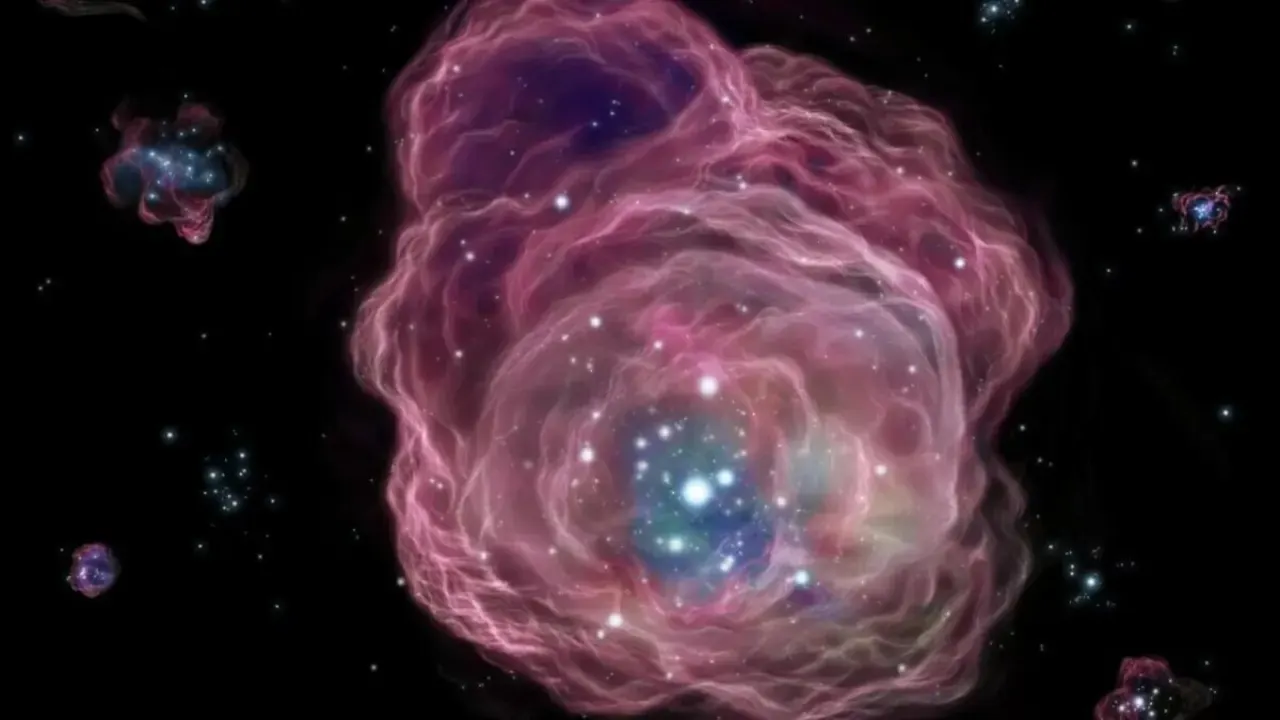The James Webb telescope found something exciting. Now it found the earliest stars in the universe. Scientists think these stars were made mostly of hydrogen and helium. hydrogen and helium are basic stuff from the Big Bang. They haven’t seen these stars yet, but studying a galaxy called GN-z11, which existed 430 million years after the Big Bang, they found a bunch of helium around it.

This discovery is a big deal in astrophysics. Scientists expected to find these pockets of gas around big galaxies from early times. They believe these gas pockets could have collapsed to form what they call Population III star clusters.
Population III stars are supposed to be the first stars before there were any metals in the universe. Metals are elements heavier than helium. These stars looks likely very big, bright, and hot. In the 1940s, scientists divided stars into two groups: metal-rich and metal-poor. But even the metal-poor stars have more metals than what would have been possible from leftover gas after the Big Bang.
So, astronomers started thinking about a third group of stars made from pure Big Bang material that wasn’t touched by older stars. Stars make elements in their cores, like carbon, which is what life on Earth is based on. After stars being exploded, they scatter these elements into space, forming new stars and planets.
The James Webb telescope can see far into the past because it has feature called infrared light. This light can go through dust and gas in space, letting us see very old and tiny things. Finding these early stars could help us understand how stars and galaxies formed in the early universe. It is a big step in our quest to understand the cosmos.
Leave a Reply